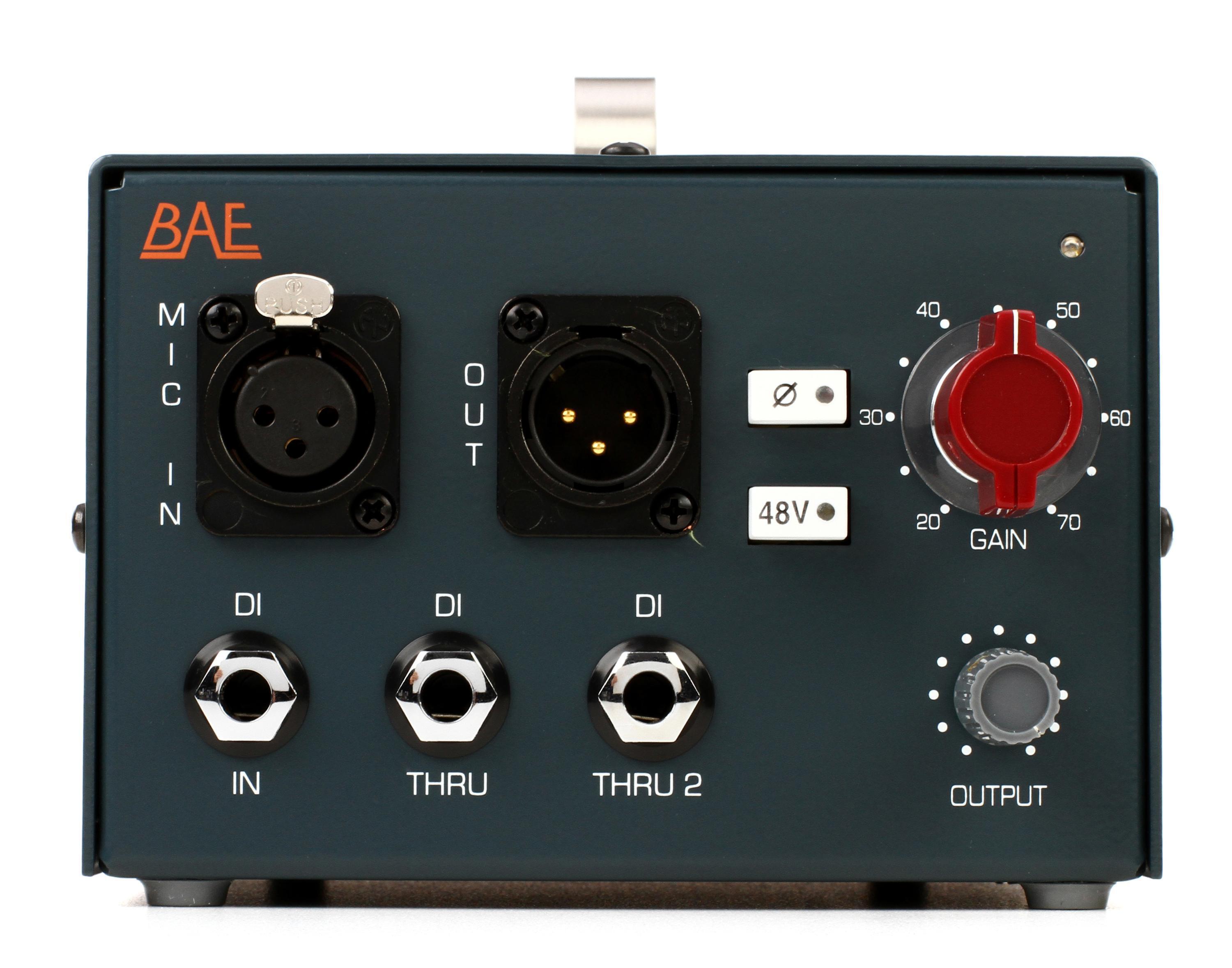An original C12 will run well over ten grand. But there are some excellent reproductions on the market. With the Spirit, I doubt you'll need one.
Joni is an all time great!
The 1073 is a characterful preamp with a distinctive sonic signature used on ten zillion records we all know and love, and plenty we've never heard of!
You can still buy an 1176 from Universal Audio (who owned Urei back in the day). There are also clones on the market if that's your sonic flavor, and of course, there are some good sounding plugins, one being made by Universal Audio that sounds quite like the hardware.
The first studio I ever booked for sessions had a Trident 70. It sounded great, but I had no idea back then
why it sounded great! If you want the Trident EQ sound - the main reason the console was popular - there's a very good emulation of it as a plugin by Softube that runs around $200. I have it, but the slider EQ (as opposed to knobs) drives me a little nuts.
I'll give you the acoustical bad news first:
Soundproofing is hella expensive.
It requires special windows, double wall construction, special HVAC, floated floors, etc. Think many thousands of dollars. Unless you feel like spending months doing it yourself, which is still expensive just for materials, you'll spend upwards of 30 grand doing it.
Here's the good news:
You don't need a soundproof room!
A little attenuation is fine, for example, you can create a heavy foam and wood insert to reduce (but not fully block) sound coming in from your windows, or you can simply record at times of day when outside noise is lower, and/or you can use a gobo to surround the singer.
There's a reason cardioid mics were invented. They work to concentrate the mic on what's in front of it and reject noise coming from behind.
There are noise reducing plugins that work extremely well if something happens during a great take that's out of your control, for example iZotope RX 10. That's what I use, and I have no soundproofing.
On to what you're referring to as dampening...
What you're talking about is control of reflections, bass trapping and other methods that will help you control standing waves, phase problems, etc. One thing to know is that unless you're prepared to have an acoustical designer create the room dimensions, angles, and so on, you cannot achieve a room without these problems.
You can, however, reduce them.
Foam does not have sufficient density to control lower mid and bass sound waves. Thinner foam typically glued to walls will absorb only the highest frequency reflections. I say this with 32 years of experience running a studio in my home. If foam is thick enough to get you down into the lower mids and mids, it deadens a room too much and STILL will not solve your bass frequency problems.
Unfortunately, the vocal range is the midrange, and it's the same for guitar amps, and the fundamental frequencies of acoustic guitars. Foam doesn't solve these problems, and the thicker stuff just makes a room sound dead, which isn't a great thing.
There are effective solutions, using limp mass absorbers for both high frequency reflections and low and mid frequency reflections. Certain ones also have diffusion.
Diffusion is important, because it keeps a room sounding natural. Mics pick up natural and it sounds good. There are ways to achieve diffusion that lots of producers, mixers etc. use at home: bookshelves and furniture among them.
Bookshelves aren't ideal - true quadratic diffusers are ideal, but very expensive. But bookshelves do help to scatter the sound and create needed diffusion. And scattering the sound helps reduce standing waves and other problems.
I use a combination of moderately expensive limp mass acoustical treatment with built in diffusion on all surfaces, and on the rear wall, I've got both this limp mass bass trap/acoustical treatment and a bookshelf that has helped with diffusion even with the acoustical treatment on the same wall. The ceiling is Armstrong's acoustical tile, but it isn't soundproofing, it just attenuates noise.
However, it's a great sounding recording room. It’s not soundproof, but it's accurate, without exaggerated standing waves or phase-causing reflections. Just as much noise comes into it and leaks out of it as any other room.
Here’s a shot of the rear wall of my studio. There’s also acoustical treatment (bass traps with diffusion) on the wall behind the amps on the left that isn’t showing up well in the pic. I have cut oodles of tracks here for my national ad recording projects.





